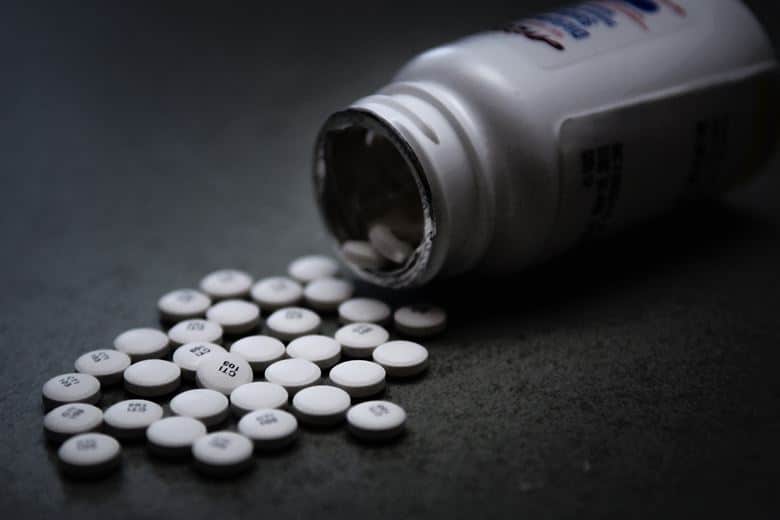Opioids spill from a container. U.S. Airforce photo illustration by Technical Sgt. Mark R.W. Orders-Woempner
“It takes you out of the reality of dealing with day-to-day routines and instead fills them with euphoria and misconception,” said John Jaws, a former user of heroin, cocaine, and other pain medications. “After years of popping pills and snorting cocaine, my tolerance grew. I became an IV drug user shooting my first bag of heroin and my first shot of cocaine.” Now in his late 40s, Jaws, the owner of a Smithtown, Long Island, construction company, has been in recovery for eight years.
Jaws is lucky. If he continued using drugs, he could have ended up as a statistic. In 2017, there were 412 opioid-related deaths in Suffolk County, according to a report by the Suffolk County Heroin and Opiate Epidemic Advisory Panel. A Fiscal Policy Institute (FPI) analysis of Long Island’s opioid crisis found that the crisis cost Suffolk County $8.2 billion dollars in 2017.

Dr. Kristie Golden, a member of the Suffolk County Heroin and Opiate Epidemic Advisory Panel, says that there may not be a single reason for the high opioid addiction rate seen in 2017. “It is difficult to pin down specific reasons why the numbers were high in Suffolk County. Addiction’s hold on people does not discriminate based on wealth or poverty.” She points to other factors like mental health disorders and stress as the cause for high death rates.
When discussing his experience, Jaws said, “With IV drug use came insanity, lack of trust and not showing up for work and family gatherings.” After years of inpatient and outpatient programs, prison, rehab, and jail time, Jaws decided to try to quit using drugs. He now belongs to Narcotics Anonymous, a support group he attends every Monday night. “I do think there is hope for others who are in my situation. The public should know that they cannot do it alone. They need a step-by-step program to find solutions,” Jaws said.
The Suffolk County Heroin and Opiate Epidemic Advisory Panel attempted to understand the rise in deaths by holding public hearings and reviewing public health, arrest, and medical data. With this information, they offered recommendations to help stop the crisis.

Stacy Villagran, a member of the Behavioral Health Committee at the Nassau-Suffolk Hospital Council, works closely with the panel. “So many Long Islanders are addicted because, up until four or five years ago, providers more generously prescribed opioids for all sorts of conditions to control pain,” Villagran said. She explained that New York instituted the I-STOP Act in March 2016 to combat the rate of drug abuse. This Act regulates prescriptions through an online database that doctors and pharmacists check before prescribing or dispensing a controlled substance to a patient. This could explain the drop in deaths after 2017. A 2019 report found deaths dropped by more than half in 2018 and 2019.
Those working with drug users understand that recovery takes time and effort. “Remember us addicts are the smartest, most manipulative people who walk this earth,” Jaws concluded. “Money or not, we will find a way to get high.






